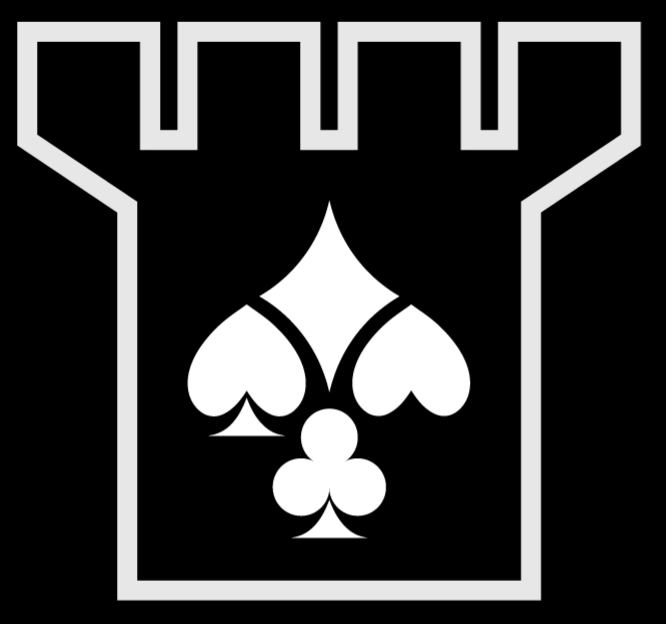


A Beginner's Guide To Card Basics
If you're a newbie in the world of playing cards, you're in for a treat! Playing cards have been a source of entertainment, strategy, and connection for centuries. This playing cards beginner's guide will introduce you to the essential concepts of a deck and the basics of gameplay. Let’s dive in!

❥ Suits
A standard deck of playing cards consists of 52 cards, divided equally into four suits:
Hearts (♥): Typically red suit.
Diamonds (♦): Typically red suit.
Clubs (♣): A black suit.
Spades (♠): A black suit.
❥ Ranks
Each suit contains 13 cards ranked as follows:
Ace (A): Typically the highest or lowest card, depending on the game.
Number cards: 2 through 10.
Face cards: Jack (J), Queen (Q), and King (K).
The two jokers in a deck are not typically used in most card games.
❥ Dealing
Before any game begins, the cards need to be shuffled and dealt.
Shuffling: This ensures randomness and fairness.
Dealing: Cards are usually dealt clockwise, starting with the person to the left of the dealer. Cards are always dealt face down, one at a time, unless otherwise specified in the rules.
❥ Games, Hands, Rounds and Turns
Games: Games are often made up of hands (sometimes called deals), in which all players compete. Points or scores earned in a hand typically count toward an overall game score.
Hand: The cards a player holds at any given time.
Rounds: Hands are often broken into rounds in which players are required to perform some action (e.g., play a card, make a bet, etc.). A complete cycle of gameplay, often ending with the scoring of points.
Turns: Within each round, each player has his own specific turn, the moment when a player plays a card or makes a move.
❥ Tricks
Sets of cards played in a single round, with one player winning the trick based on the game’s rules. For example, in a Hearts game with five players, a single trick contains five cards.
❥ Trump/No Trump
A suit that outranks all others for the duration of the game, often chosen at the start of play. If no trump is declared, all suits are equal in rank for that hand.
❥ Bidding
A process where players estimate how many tricks they think they can win. The highest bidder typically determines the trump suit, scores points, or earns other advantages.
❥ How to Play a Basic Round
Here’s a quick example of a basic trick-taking game:
Dealing: Each player receives an equal number of cards.
Trump Suit: A suit is chosen as the trump (e.g., spades).
Playing a Trick:
The first player lays down a card.
Other players must follow the suit if possible. If they can’t, they may play a trump card or any other card.
The highest card of the lead suit or the highest trump wins the trick.
Scoring: Points are awarded based on the number of tricks won or other game-specific rules.
❥ The Flexible Nature of Card Games
The truth is, 99% of card games don’t have fixed, universal rules. They evolve constantly, with variations emerging across regions, states, and even countries—and that’s part of their charm.
❥ Here’s a simple yet essential tip: always agree on the rules before the first card is dealt. Ensuring everyone at the table is on the same page about the gameplay makes for a smoother and more enjoyable experience.
Playing cards unlock endless opportunities for fun, strategy, and connection. With this guide, you’re all set to shuffle, deal, and immerse yourself in the fascinating world of card games. Enjoy the play!
❥ Find Your Perfect Deck to Start Playing
Ready to elevate your card game? Having the right deck is essential for mastering the basics and boosting your confidence. Our curated collection offers something for everyone — whether you're looking for a reliable entry-level deck or something with a unique flair to inspire your style.
For beginners, we highly recommend MADFUN's entry-level decks, such as Chakras — designed for easy handling and durability, making them perfect for learning and playing everyday games.
If you’re looking to impress and collect, explore our Karma and Vibes decks. These beautifully crafted, collectable decks bring personality and positive energy to every shuffle, making your card sessions truly memorable.
Don’t settle for less — find the deck that speaks to you and start playing with style and confidence today! Check out our full range here: Shop Playing Cards







